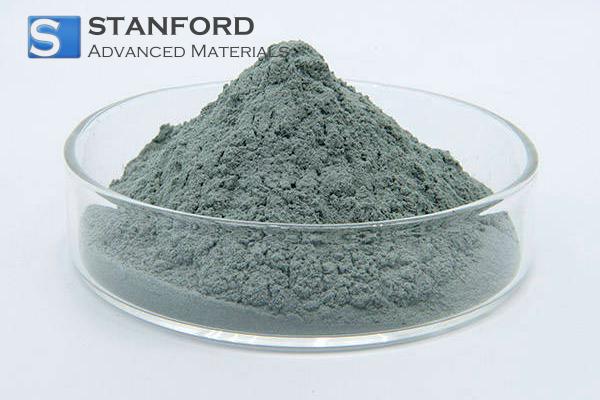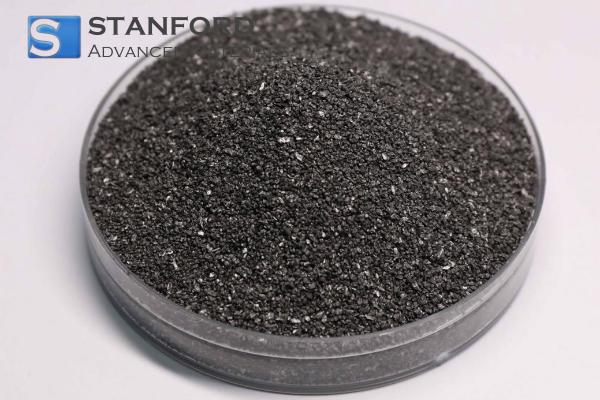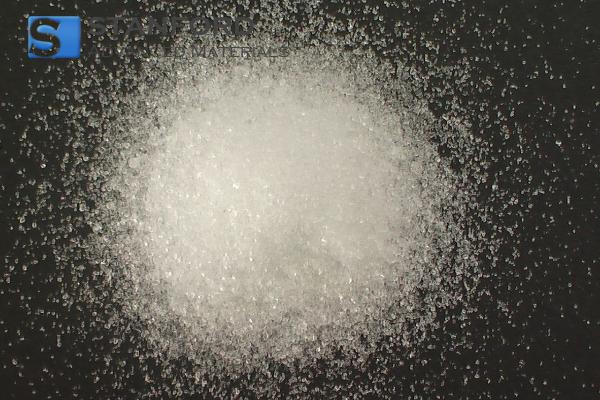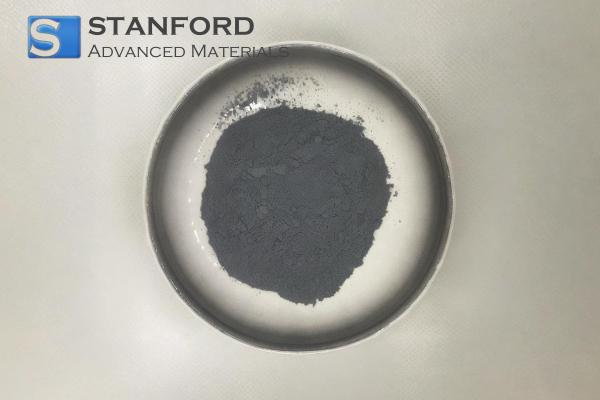Heat Of Vaporization
Introduction
Vaporisation heat is a thermodynamic principle that describes the energy required to transform a liquid into a gas at constant pressure and temperature. Heat of vaporisation is a significant characteristic of several natural and industrial phenomena. From cooling the air to chemical production, scientists and engineers quantify energy requirements for phase change, develop processes for optimal functioning, and regulate temperature phenomena based on vaporisation heat.
Formulation
Energy of vaporisation (ΔHvap) refers to the energy required to break intermolecular forces between molecules in a liquid. Specific heat capacity relates to raising the temperature of a substance, but ΔHvap does not concern energy with respect to phase transition from liquid to gas. It is often measured in joules per gram (J/g) or kilojoules per mole (kJ/mol) and reflects a quantity of the substance resisting vaporisation.
Mathematically, heat of vaporisation is expressed as:
ΔHvap = q / n
where (q) is the heat supplied to the system and (n) is the amount of substance vaporised.
Factors Influencing Heat of Vaporisation
There are numerous factors upon which the value of a substance's heat of vaporisation depends:
1. Forces between molecules: Molecules that have strong hydrogen bonding, dipole-dipole forces, or van der Waals forces require more energy to vaporise. Water is an example of having a very high ΔHvap due to extensive hydrogen bonding.
2. Molecular Structure and Size: More molecules or larger molecules will have a higher ΔHvap due to more van der Waals interactions.
3. Pressure: An external pressure change affects heat of vaporisation slightly because higher pressures require more energy to break the liquid-gas equilibrium.
4. Temperature: While ΔHvap is typically measured most commonly at boiling point, there exist potential variations at any other temperature due to changes in molecular kinetic energy.
Mechanism and Applications
During vaporisation, energy is absorbed by a liquid in order to break intermolecular forces, allowing molecules to transform into the gaseous state. This energy does not increase the temperature of the substance but facilitates a change of phase. The process is endothermic since it absorbs heat from the surroundings.
The heat of vaporisation finds widespread application in natural and industrial environments:
•Climate and Environmental Science: Water's high ΔHvap allows it to cool temperatures by absorbing and holding large quantities of energy, regulating atmospheric and ocean temperatures, lake temperature, and earth temperatures.
•Biological Processes: Sweaty evaporation or plant transpiration utilises water's heat of vaporisation in an attempt to cool the body and regulate internal temperatures.
• Industrial Processes: Heat of vaporisation is important in the case of distillation, refrigeration cycles, and chemical reactors where there needs to be targeted energy input to cause phase change.
• Energy Calculations: In design and engineering use of thermal systems, ΔHvap assists in finding the quantity of energy necessary for phase-change processes, e.g., power generation or refrigeration.
Water and Its Heat of Vaporisation
Water's relatively large vaporisation heat compared to most substances is approximately 40.7 kJ/mol. Having a ΔHvap this large has several significant implications:
•Temperature Regulation: The ability of water to absorb large amounts of heat energy without an increase in temperature provides the capacity to buffer environmental and biological systems.
•Climate Impact: The phase changes of water play a role in weather phenomena, cloud formation, and precipitation patterns.
•Evaporative Cooling: Living systems utilise the ΔHvap of water to maintain thermal homeostasis through sweating and transpiration.
Examples of Heat of Vaporisation
|
Substance |
Heat of Vaporisation (kJ/mol) |
Common Uses |
|
Water |
40.7 |
Climate regulation, biological processes |
|
Ethanol |
38.6 |
Solvent, fuel, beverages |
|
Mercury |
59.1 |
Thermometers, electrical applications |
|
Acetone |
31.3 |
Solvent, nail varnish remover |
|
Benzene |
30.8 |
Chemical manufacturing, solvent |
For more information, please check Stanford Advanced Materials (SAM).
Frequently Asked Questions
1. What is heat of vaporisation?
Heat of vaporisation is energy required to transform a substance from liquid to gas state at constant pressure and temperature.
2. Why is water's heat of vaporisation important?
Water's high ΔHvap allows it to take in and hold large quantities of energy, regulating temperature in natural and biological systems by transpiration and evaporation.
3. Why is heat of vaporisation different between substances?
ΔHvap relates to intermolecular forces, molecular shape and size, and influences how readily a substance evaporates from liquid to gas.
4. Is heat of vaporisation experimentally determinable?
Yes, calorimetry allows for measurement of energy absorbed during vaporisation, providing precise ΔHvap values.
5. Where is heat of vaporisation applied?
It is applied in refrigeration systems, distillation, phase-change energy calculations, and chemical engineering processes for appropriate energy requirements.

 Bars
Bars
 Beads & Spheres
Beads & Spheres
 Bolts & Nuts
Bolts & Nuts
 Crucibles
Crucibles
 Discs
Discs
 Fibers & Fabrics
Fibers & Fabrics
 Films
Films
 Flake
Flake
 Foams
Foams
 Foil
Foil
 Granules
Granules
 Honeycombs
Honeycombs
 Ink
Ink
 Laminate
Laminate
 Lumps
Lumps
 Meshes
Meshes
 Metallised Film
Metallised Film
 Plate
Plate
 Powders
Powders
 Rod
Rod
 Sheets
Sheets
 Single Crystals
Single Crystals
 Sputtering Target
Sputtering Target
 Tubes
Tubes
 Washer
Washer
 Wires
Wires
 Converters & Calculators
Converters & Calculators
 Write for Us
Write for Us





 Chin Trento
Chin Trento



